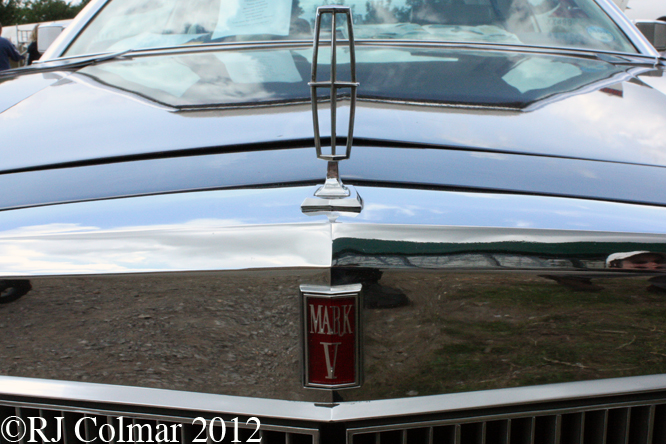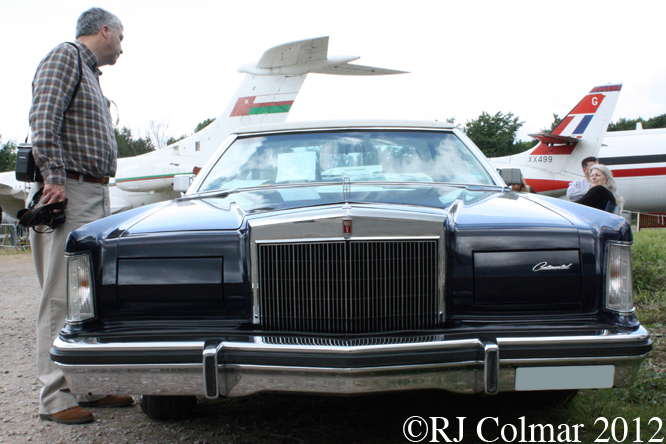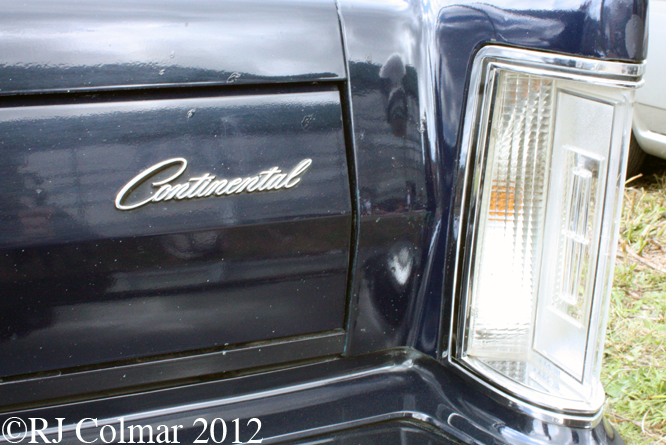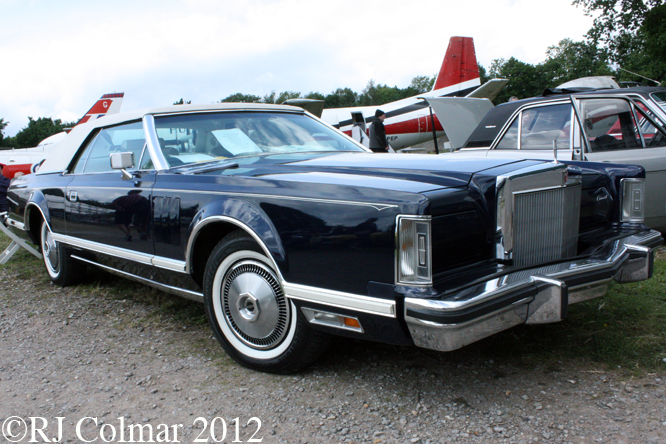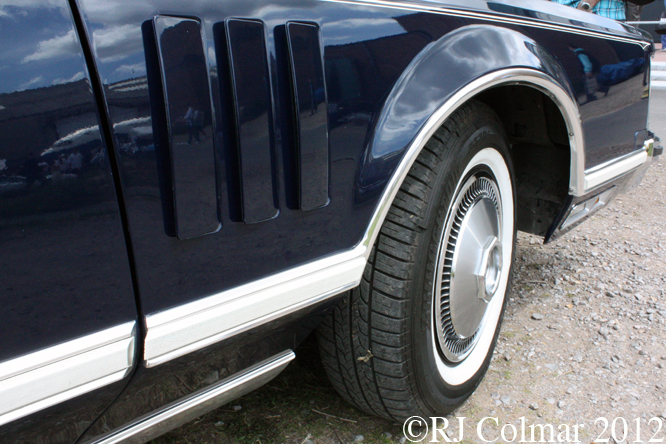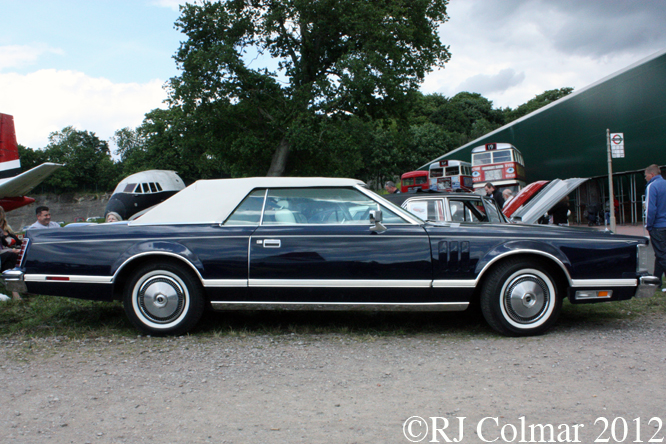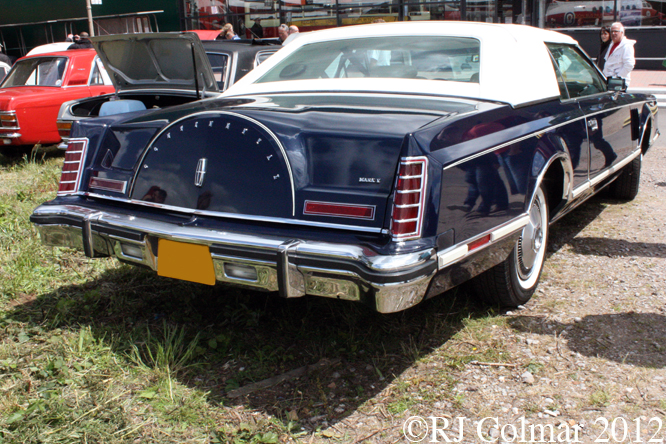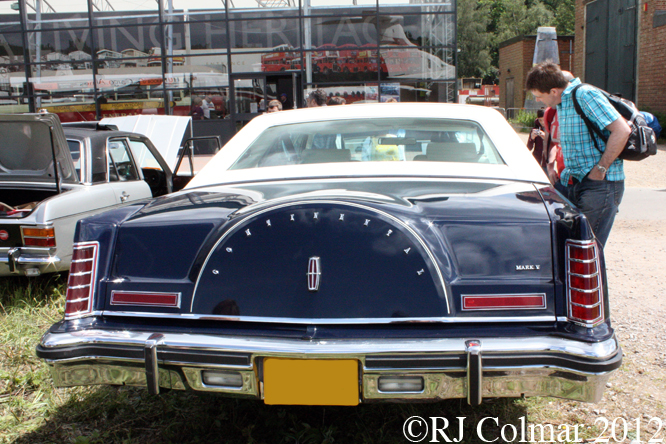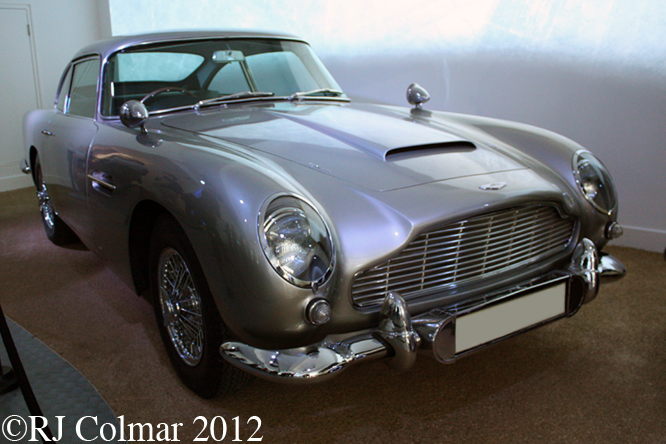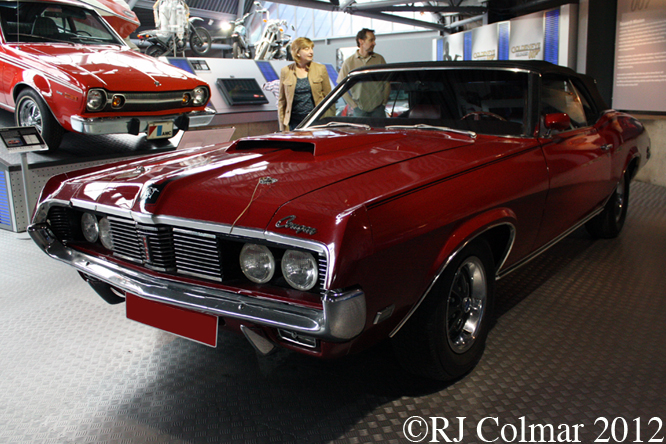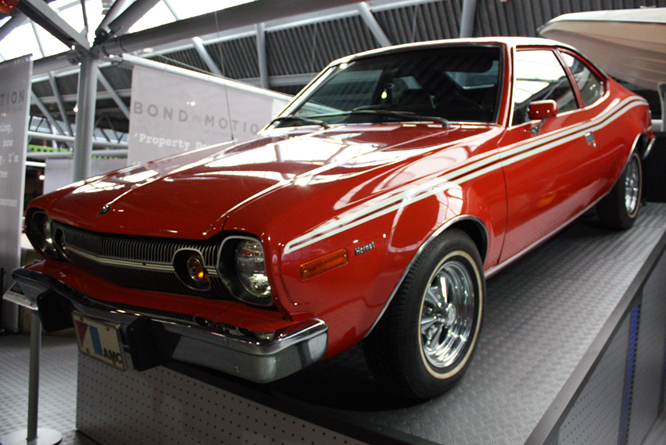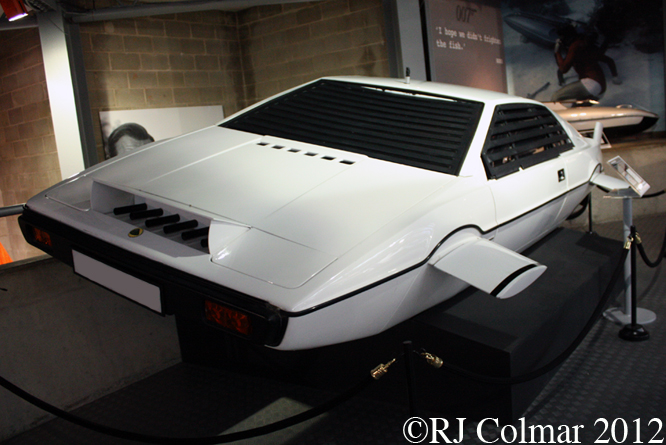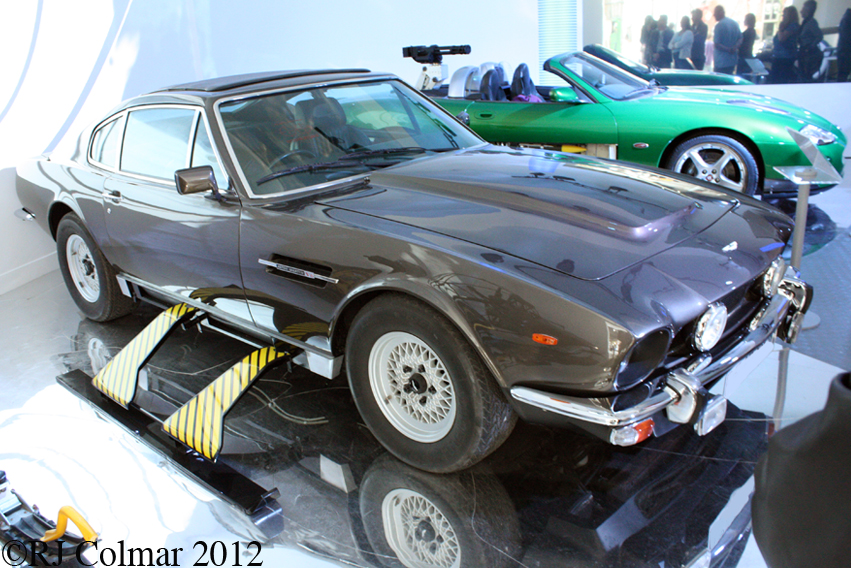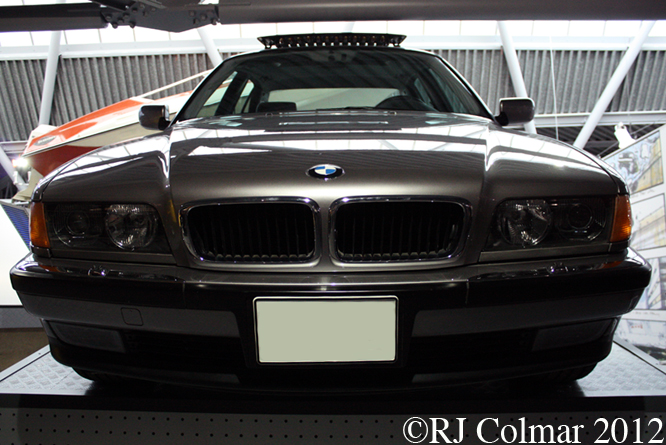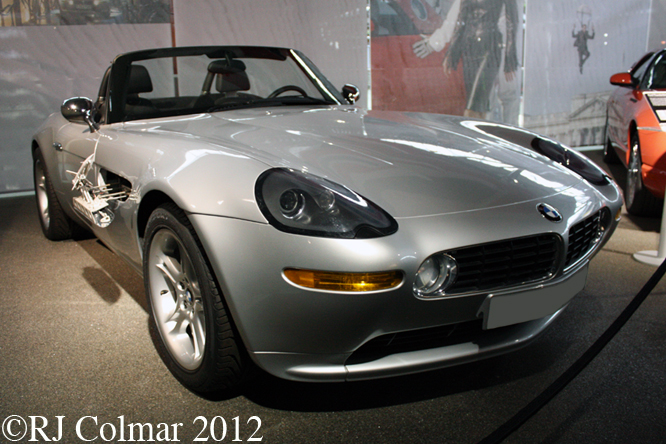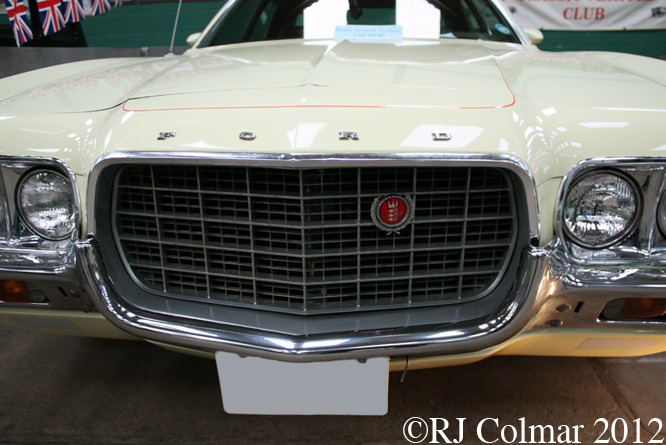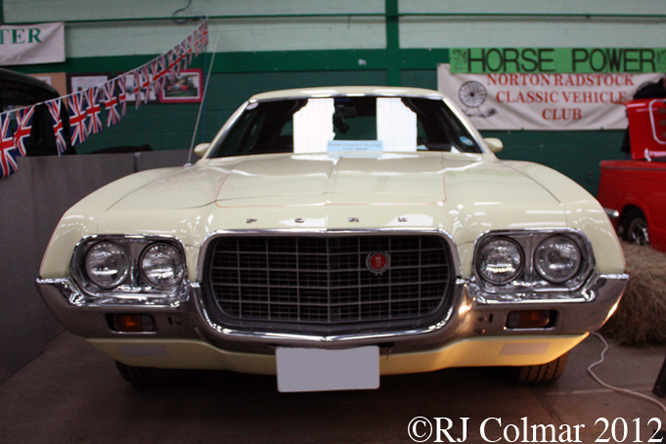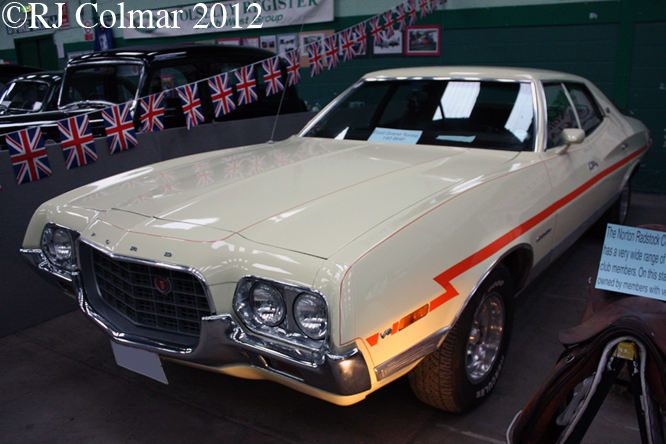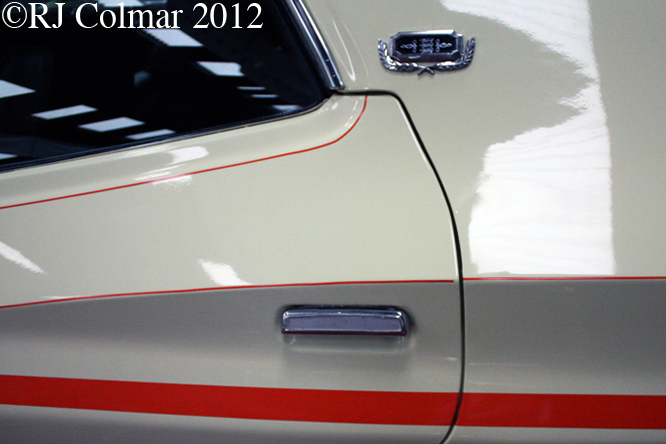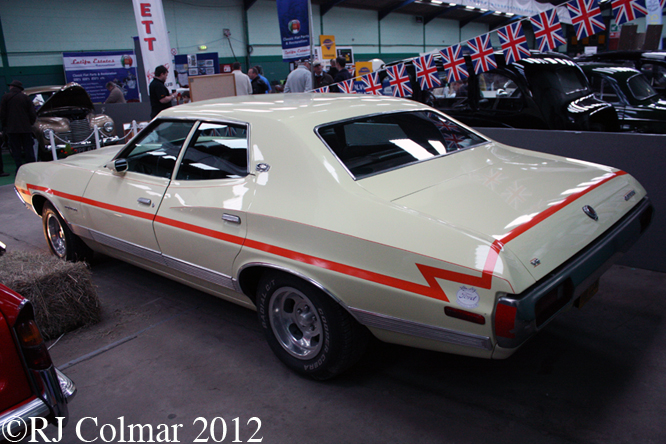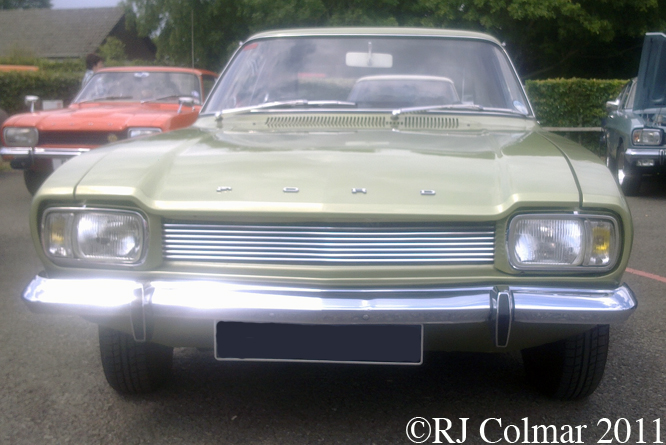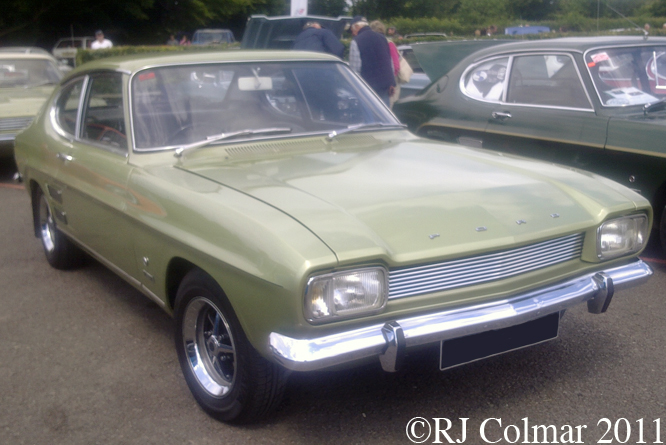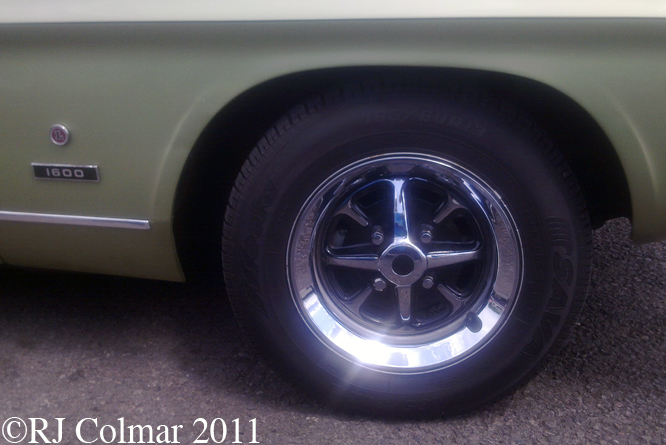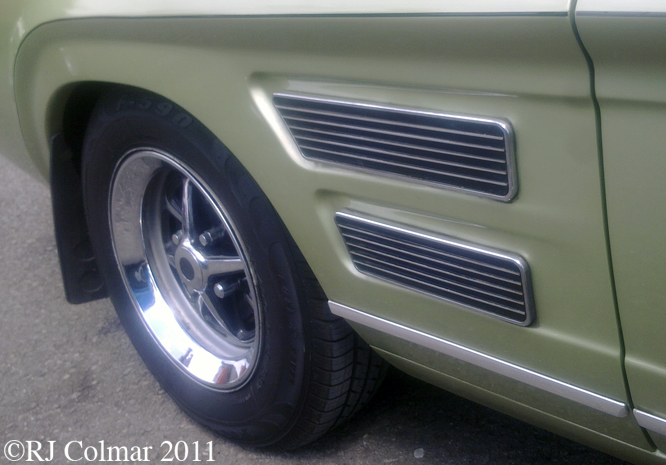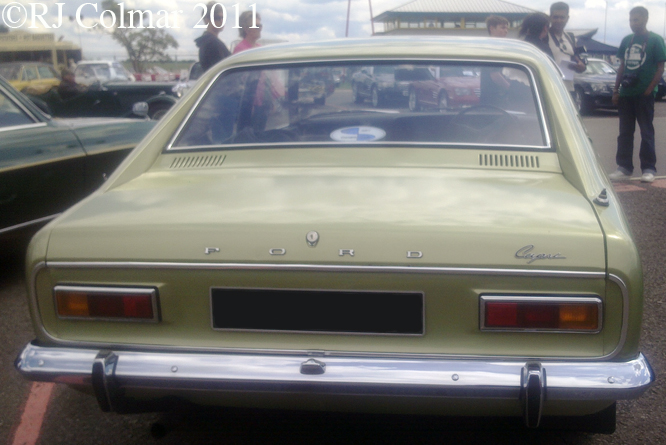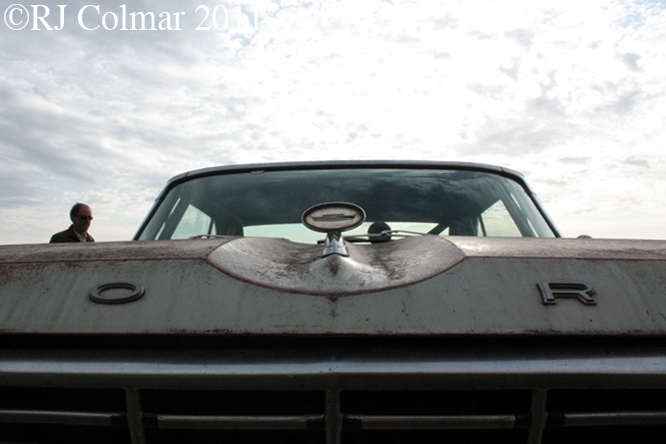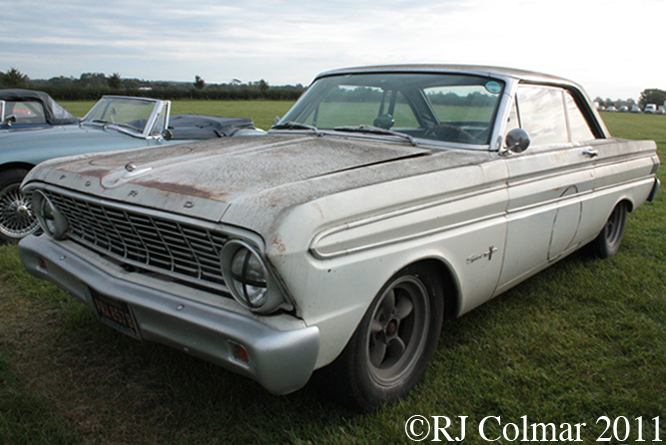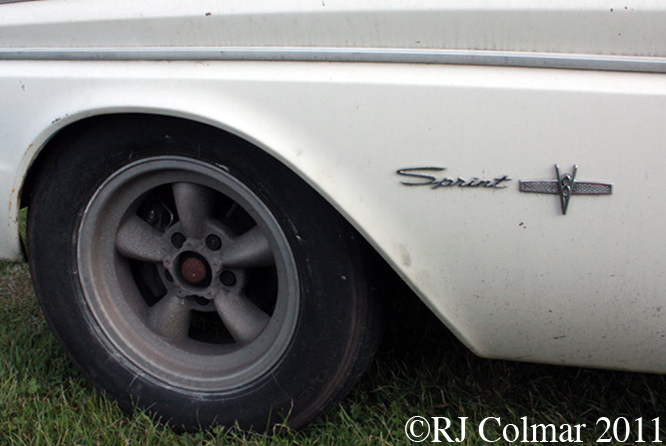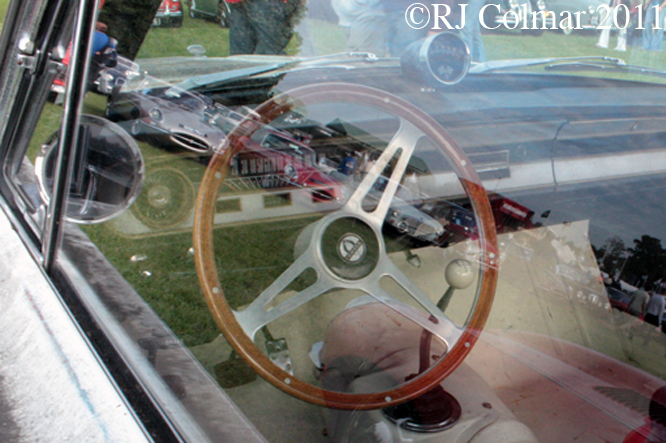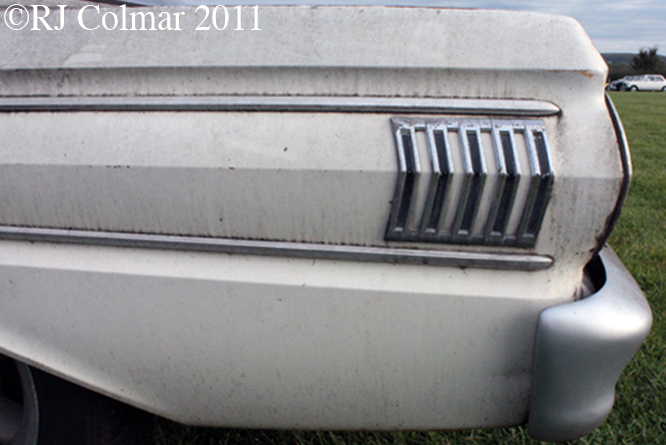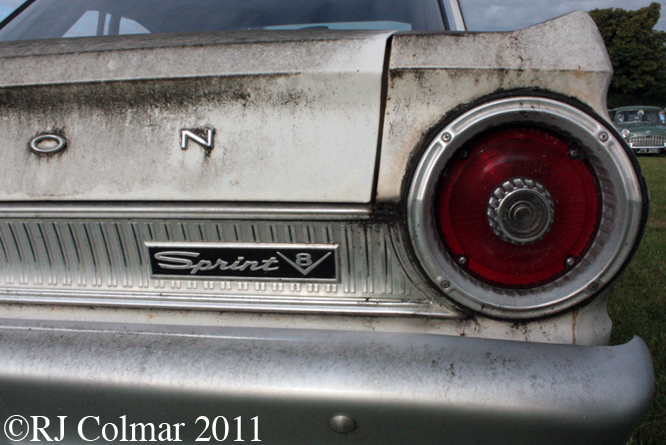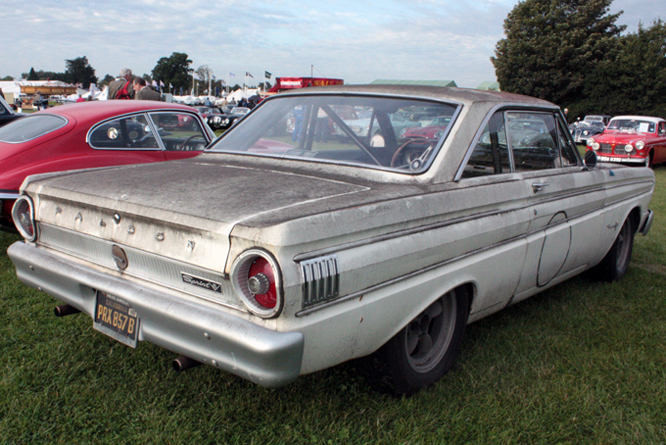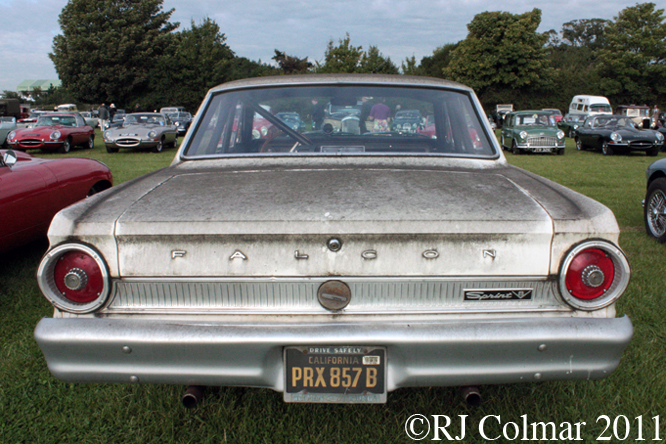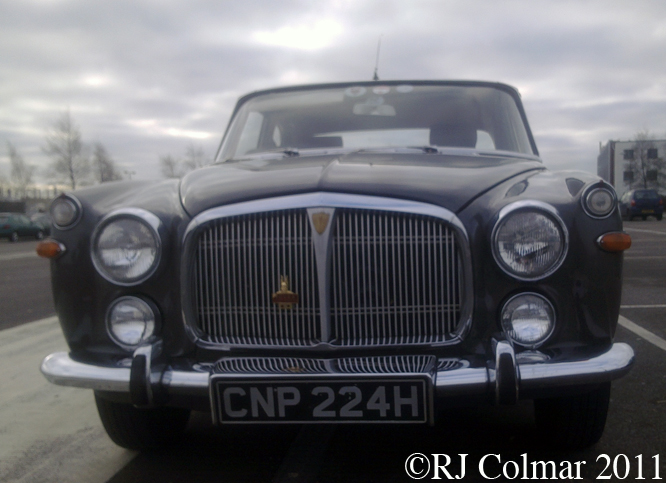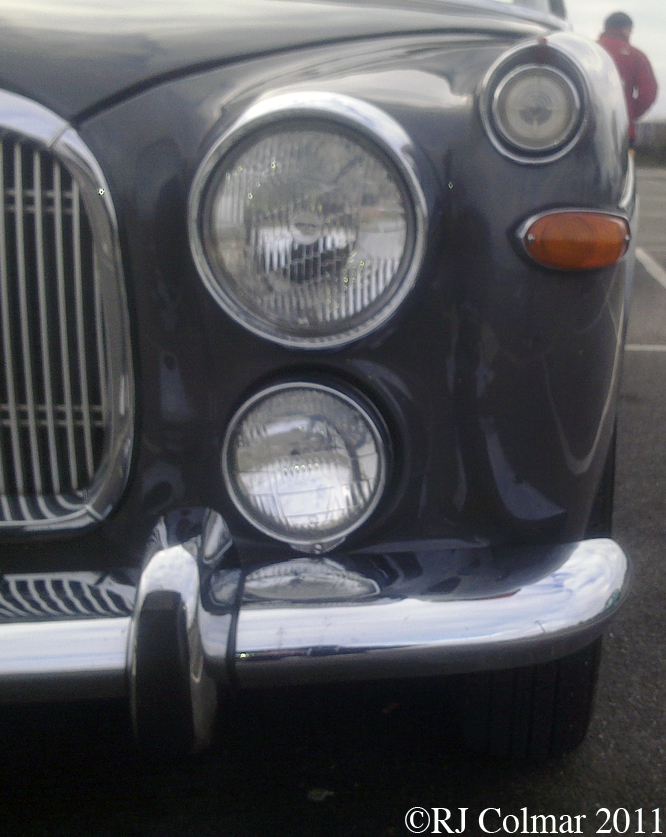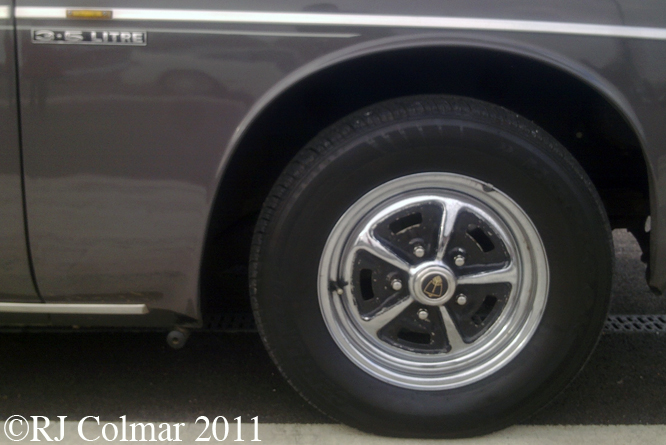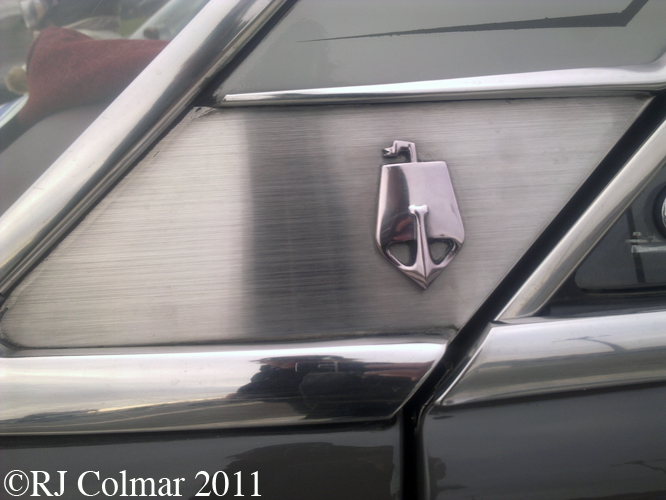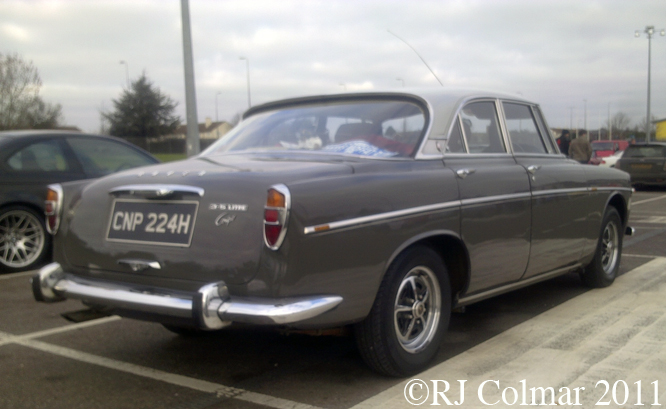Last Saturday it was back to Silverstone for the third time in a month, but this time for the Silverstone Classic a three day event.

Silverstone Classic is billed as the largest participant motorsports event in the United Kingdom.
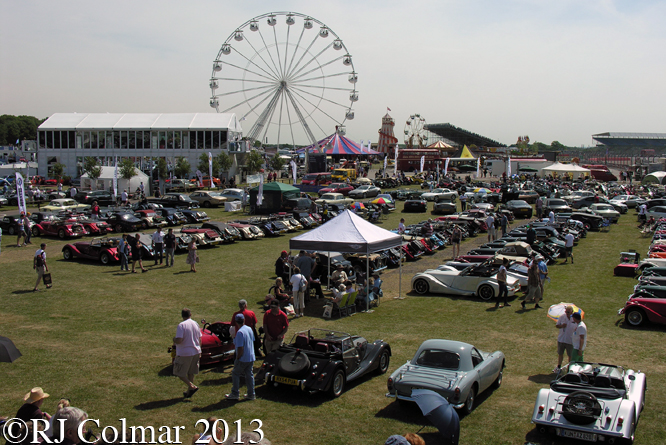
Sponsors of the event BMW brought a long a big wheel, unfortunately I get vertigo on a step ladder so I was not able to sample the, by all accounts, spectacular view from the top.
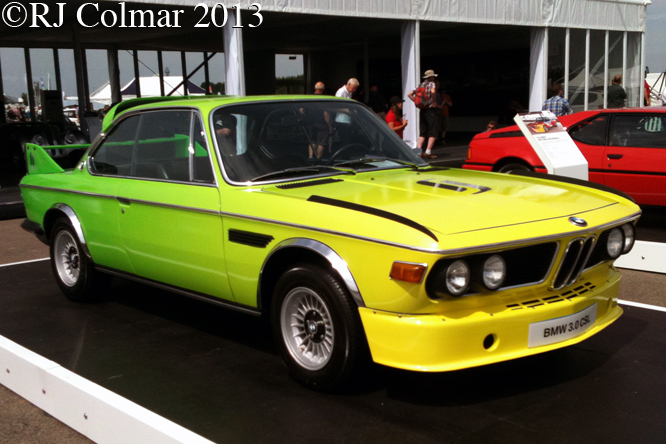
I’m not too sure when the fad for lurid paint scheme’s started on road cars in Germany, but I do remember it quite vividly when I visited the country in 1974, above this particularly cool post July 1973 ‘Batmobile’ BMW 3.0 CSL was on display outside the BMW hospitality unit.

Racing got underway promptly at 9 am with the Formula Juniors who were racing for the Peter Arundell Trophy. The race was hotly contested between the #53 Lotus 20/22 of Sam Wilson and #79 of Andrew Hibberd, after trading places many times, Andy won the 9 lap race by just over half a second.

Callum Macleod won the Balvenie Trophy for Historic Formula Fords by nearly five seconds, above a gaggle of Formula Fords exits Maggotts Corner and heads for Beckett’s corner in a scrap more typical of the class.
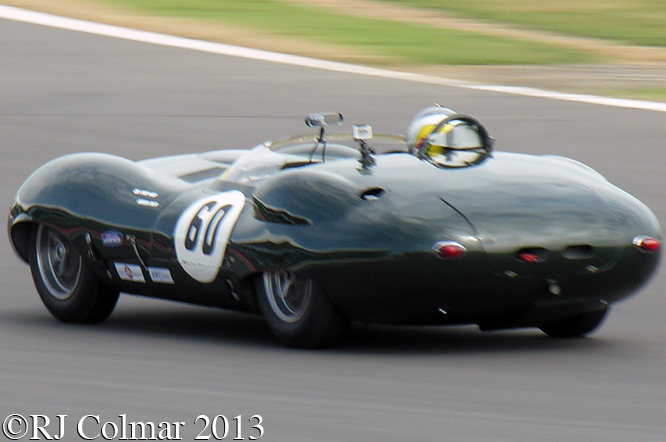
Gary Pearson led the opening laps of the Stirling Moss Trophy for Pre ’61 sports cars in his knobbly Lister Jaguar, but Oliver Bryant in a Lotus 15 soon chased him down for the lead and an eventual victory shared with Grahame Bryant. Meanwhile Chris Ward and Andrew Smith came through the field from 11th to finish second 2 seconds adrift in the lush Costin bodied Jaguar powered Lister seen above.
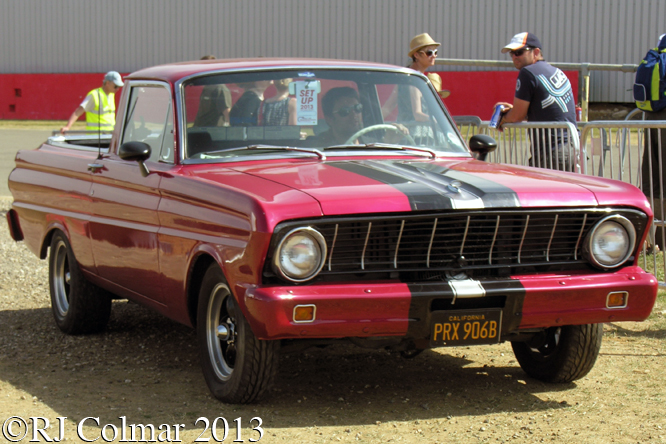
Out on the old Hanger Straight UK Street Machines were holding a shootout in which this ’64 Ford Ranchero was taking part.
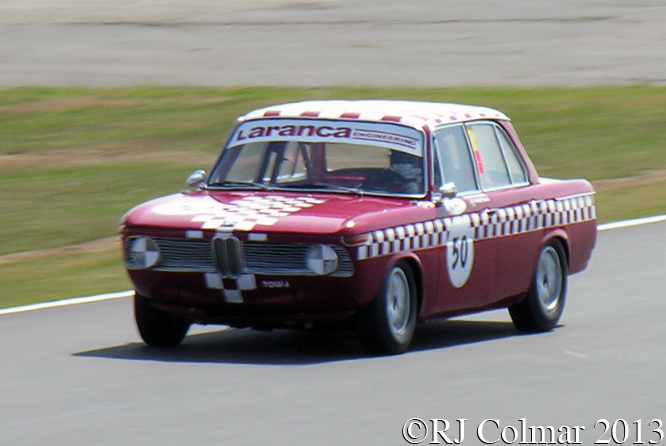
Former British Hillclimb Champion and three time World Touring Champion Andy Priaulx led the opening stages of the Sir John Whitmore Trophy for Under 2 Litre Touring Cars in this BMW 1800Ti, but it was Leo Voyazides aided by former Merzario engineer Simon Hadfield that came through to win in a Lotus Cortina. Priaulx sharing with Richard Solomons came home fifth.

Judy Lyons in her Surtees TS9 gives us a wave as she prepares to take part in the FIA Masters Historic Formula One race for which she qualified 3rd from last and finished last three laps down. Judy’s husband Frank finished 16th driving a Hesketh 308E while her son Michael won the race driving a former Longhorn Indycar chassis now in Williams FW07 spec as raced by Rupert Keegan in 1980.
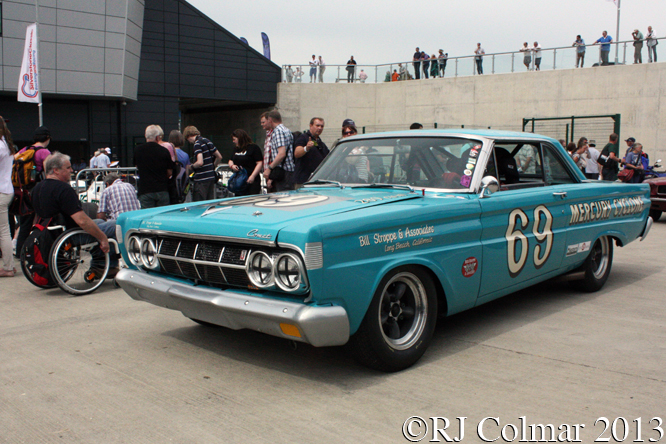
Leo Voyazides and Simon Hadfield won the Trans-Atlantic Touring Car Trophy, by over 16 seconds, sharing a Ford Falcon. The Mercury Comet Cyclone above was shared by Roger Wills and Chris Panayiotou who finished 6th.

Tony Wood qualified the #27 Tec Mec Maserati on pole for the Froilan Gonzalez Trophy for HGPCA Pre’61 Grand Prix Cars, but Julian Bronson sitting alongside Wood on the grid in the #30 Offy powered Scarab made a great race of it and came through to score the open wheel Scarabs second ever victory, having won a similar race at Pau in France a couple of weeks ago.
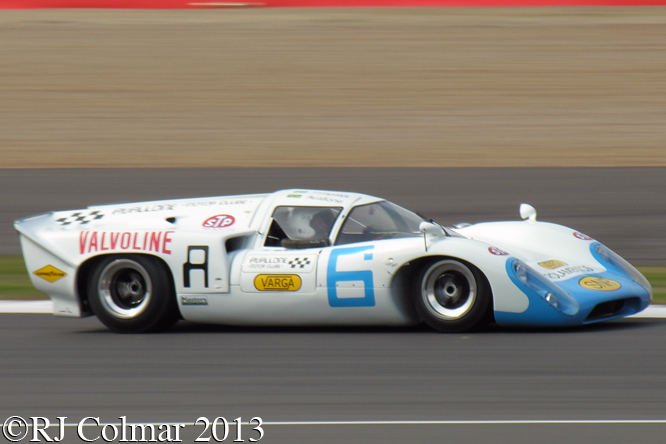
The #6 Lola T70 Mk IIIb chassis #SL76/153 won the FIA Masters Historic Sports Cars race giving Leo Voyazides and Simon Hadfield their third victory of the day. The car appears in the colours used by Carlos Avallone in South America.
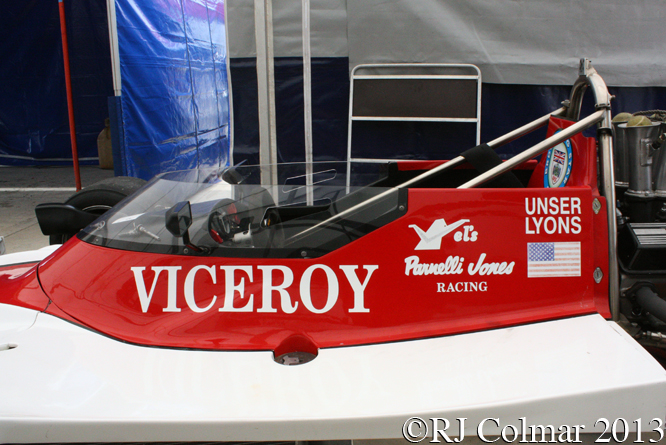
Michael Lyons second victory of the day came when he drove this ex Vels Parnelli Lola T400 chassis #HU7 a to dominant victory in the Peter Gethin Trophy for Formula 5000 and Formula 2 cars.
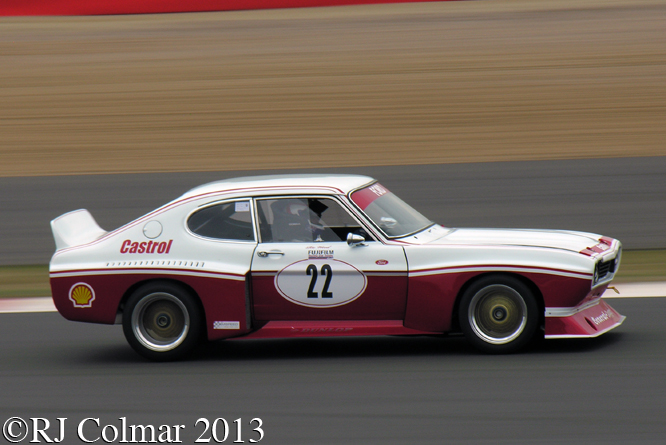
Neil Smith driving an ALFA Romeo 156 won the Super Touring Car Trophy by just over 2/10ths of a second from Frank Wrathall driving a Vauxhall Cavalier, above is the circa 1974 Ford RS3100 of Ric Wood which came in 13th overall winning class G and setting fastest lap in class.
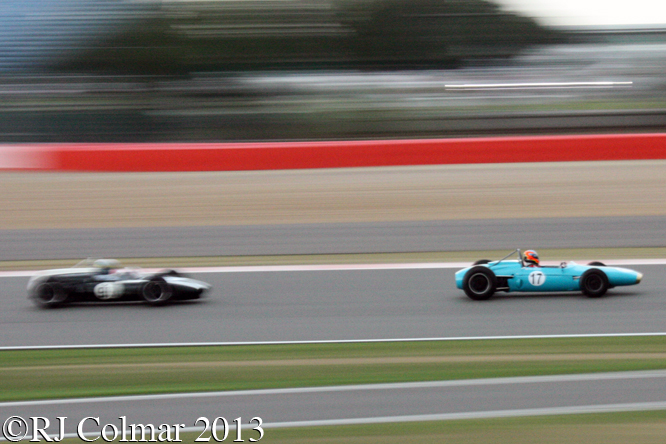
The skies turned dark as the pre 1966 1.5 litre / 91 cui Grand Prix cars came out to play for the Jim Clark Trophy. Jason Minshaw is seen above driving his Branham BT4 being chased by Jonathon Hughes in his Cooper T53. Jason crossed the line first on lap 4 after which the race had to be abandoned as a summer storm dropped huge quantities of water on the track.

After nearly an hour the storm had passed and the marshalls had swept most of the excess water away. However as the Piper Heidsieck International Trophy for pre’66 GT Cars came out rain started again, but we got a start after the grid had followed the pace car around for a couple of laps. The TVR’s of Mike Whittaker and Owen O’Neil lead the field through Farm, above as the race gets underway. Conditions got progressively worse and the race was called after 45 mins of the scheduled 60 mins had run. John and Gary Pearson were declared the winners in their E-type Jaguar from Leo Voyazides and Simon Hadfield who missed a fourth victory of the day by 13 seconds in their AC Cobra.
Unfortunately, but completely understandably, the one race for Group C Sportscars I had got up for at 5 am specifically to see scheduled to run at sundown, had to be scratched as the rain in Spain continued to teem down mainly on Northamptonshire, England.
Exhausted by a day full of close racing, as I headed back to the car, I heard the familiar Guns ‘n’ Roses lyric “Where do we go now” wafting across from the stage where The Guns and Roses Experience were playing, to which my answer was unequivocal, “A warm and safe place”.
Thanks for joining me on this “Where Do We Go Now ?” edition of “Gettin’ a li’l psycho on tyres”, I hope you will join me again tomorrow. Don’t forget to come back now !


